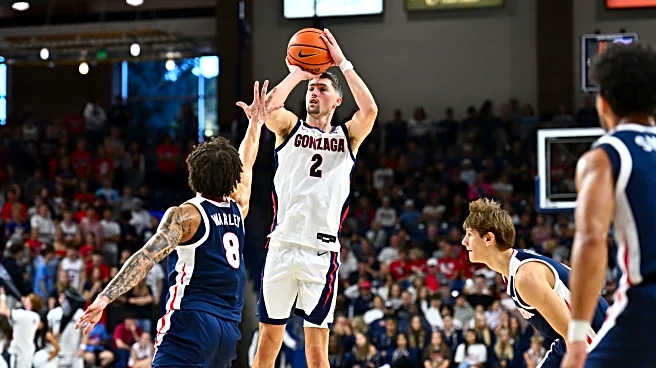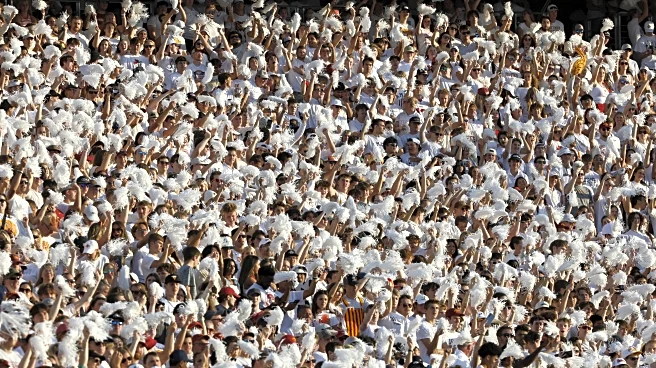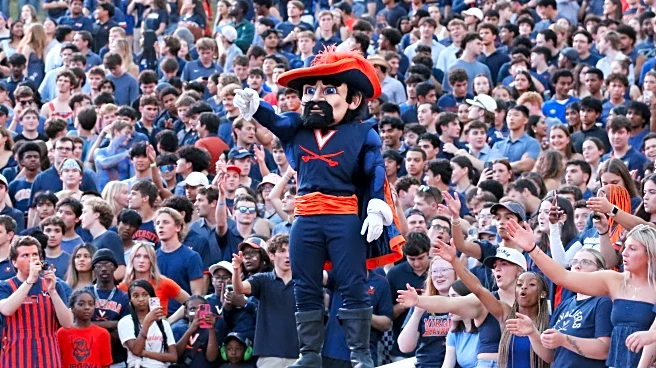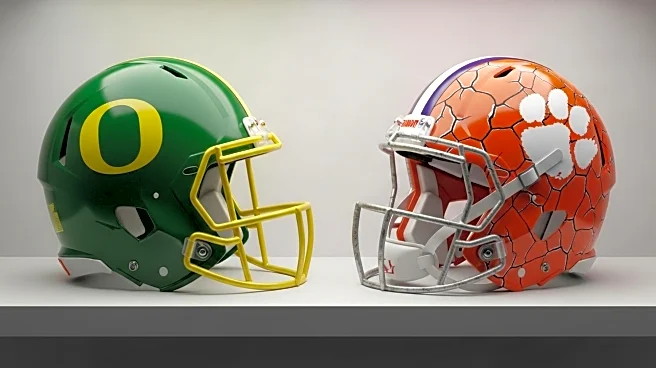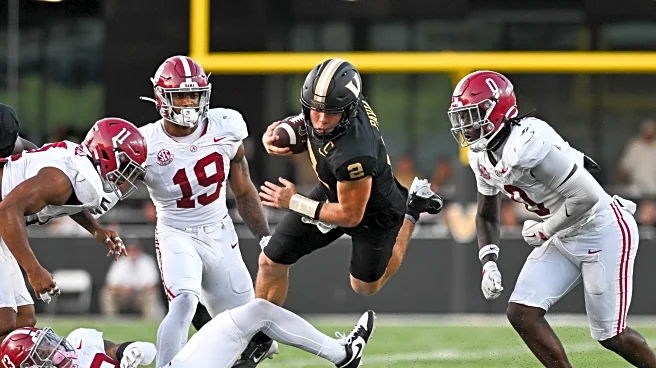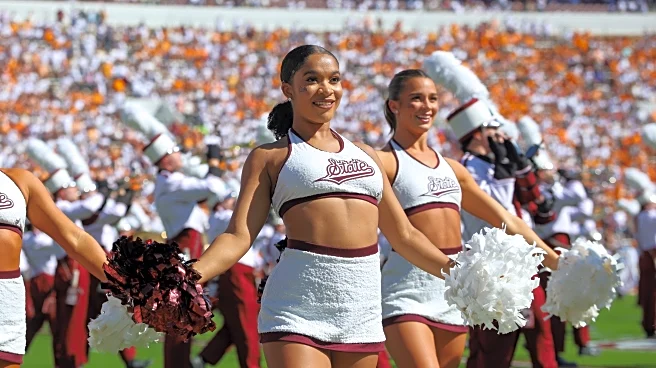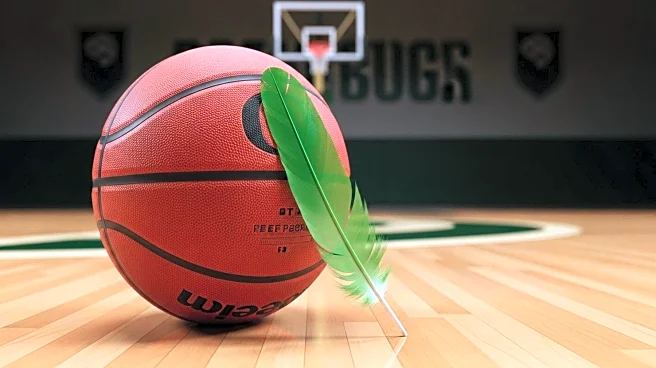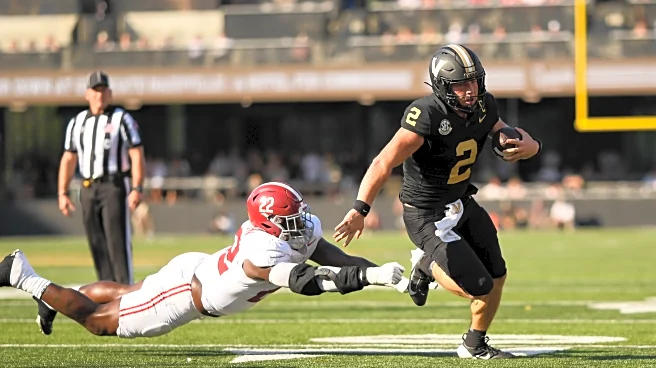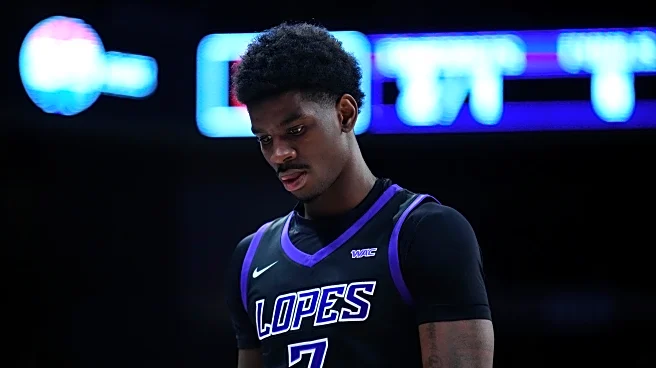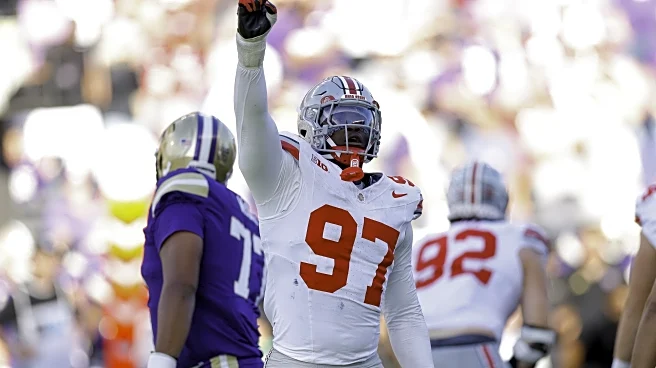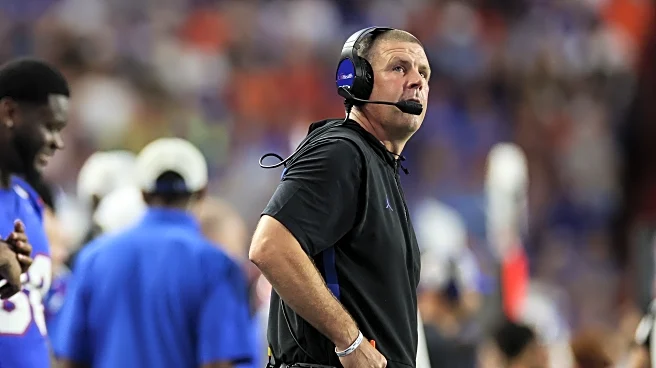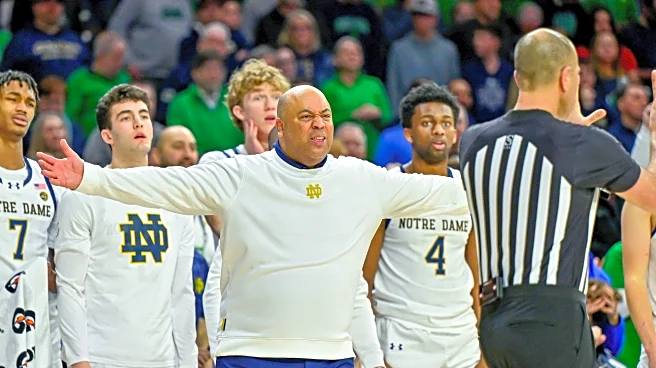Kraziness in the Kennel sold out in record time this year, proof that even the program’s most ceremonial night continues to draw the same devotion and anticipation that defines the Gonzaga community. Sean Farnham returned as emcee, his energy still pitched somewhere between sideline reporter and vice principal at a pep assembly, and while it’s hard to read too much into anything we glimpsed tonight on the court, it’s also impossible not to. So that’s exactly what we’re going to do now.
The night began
with player introductions, and the lights and smoke machines generated enough enthusiasm to make each player’s entrance matter. But it all seemed to build toward the first surge of genuine excitement when Tyon Grant-Foster appeared in a Gonzaga jersey wearing number 7. His competitive eligibility remains unresolved, yet his inclusion in any live segment of the event suggested forward movement in a process that’s already taken way too long to iron out.
The three-point contest followed with Mario Saint-Supery, Adam Miller, Braden Huff, and Steele Venters. Mario’s presence hinted at the staff’s growing trust in his jumper, Huff’s at the coaching staff’s desire to emphasize spacing in the frontcourt. Miller shot with a fluid, unhurried release, while Venters—steady and composed after two lost seasons—delivered the loudest applause of the night. When he outshot Miller in the final round, the crowd’s reaction showed just how much this community has been pulling for Steele.
Between contests, Farnham interviewed Graham Ike and Braden Huff, both relaxed and measured, before the arena lights dimmed for the premiere of Big Man U, a new hype video charting Gonzaga’s lineage of professional bigs: Holmgren, Sabonis, Timme, Rui, Collins, Karnowski. A short clip of Chet Holmgren praising Mark Few’s development of frontcourt players played while Sam Funches, one of the nation’s most coveted recruits, watched from courtside, a reminder that even the entertainment doubles as recruitment.
The only strange moment came when Saint-Supery, Emmanuel Innocenti, and Ismaila Diagne attempted to juggle a soccer ball at half court. Diagne and Innocenti managed decently. Mario did not. It read as comedy rather than failure, but Saint Supery’s ball security issues would reappear later on. From there, the night moved into its real substance: the scrimmage, the pace, the chemistry, and the glimpses of what this roster might soon become. These were the ten that stuck out.
10. The Return of the 3
It had been a long time since the Kennel saw shooters this eager to let it fly. Steele Venters went 3-for-4 from deep, Adam Miller 3-for-6, and every shot came quick and clean. Both looked free, confident, and ready to shoot on sight. The crowd responded, the pace lifted, and the offense opened up in a way that hasn’t been seen in years. Gonzaga finished 7-for-23 from three, with six of those from Venters and Miller. After a season of slow possessions and cautious sets, this looked like a team whose eager to put the “gun” back in run-and-gun.
9. Davis Fogle announces himself
Somewhere between the Tyon Grant-Foster eligibility updates, Mario Saint-Supery’s EuroBasket hype, and the quiet relief of having Huff and Ike back, people forgot that Gonzaga brought in its highest-ranked recruit since Nolan Hickman. Davis Fogle looked really good in his 16 minutes for the White team alongside Smith, Warley, Miller, and Diagne. His line was simple enough: seven points on 3-of-5 shooting, two rebounds, one assist. But every possession with him in it felt like something was about to happen. He moved the ball extremely well and created shots with a calm that didn’t look like freshman energy. The movement, the vision, the length, it all translated. After a summer spent wondering about who might be eligible or available, seeing a freshman this poised felt like the night’s best surprise. Fogle’s ready. And we may see a lot more of him than we anticipated.
8. Braeden Smith controls the chaos
Five assists in seventeen minutes is elite, no matter how you slice it. The shot wasn’t falling, (1-4 from the field) but his command of the offense was on full display. Smith played fast, pushed tempo, and kept the defense guessing from the first possession. Gonzaga looked faster, lighter, more unpredictable. A few passes zipped through traffic so quickly that teammates didn’t have time to react. Those will start connecting once everyone adjusts to his pace. Smith wants to play in transition, to live in that blur where the defense hasn’t quite found its footing. That’s where he’s most dangerous, and that’s where the Zags looked most alive.
7. Mario Saint-Supery learns the point guard ropes
Mario Saint-Supery played all of his minutes at the point guard spot, though he’s expected to spend more time off the ball once games start counting. He had bursts of command and pace that showed how dangerous he can be, followed by stretches where everything sped up and the turnovers came too easily. Five of them, against three assists, told the story. Braeden Smith finished with the opposite ratio on the same shooting line. Saint-Supery has skill, vision, and confidence, but Few’s system runs on precision. The tools are there, but the lead guard spot is comfortably spoken for. Hopefully he gets a chance as the off-ball guard before Few’s confidence in his ball security dwindles.
6. Tyon Grant-Foster shows what might be coming
Tyon Grant-Foster had barely unpacked his bags in Spokane, and most people figured he wouldn’t play at all. Instead, he started at Kraziness for the White team alongside Huff and Ike and immediately looked like he belonged. His athleticism was absurd. Early in the scrimmage he threw down a soaring putback dunk in the lane (though it didn’t count), then later tried to dunk over Ismaila Diagne on the baseline and almost pulled it off. (blocked more by the rim than by Diagne). He didn’t score, but his spacing was smart, his defense locked in, and his one-on-one slashing ability gave a lot to be excited about. If he’s cleared, he gives Gonzaga an absurdly gifted athlete who can guard, cut, and elevate above traffic. If he isn’t, this brief glimpse at Kraziness is going to sting for months.
5. The Huff–Ike connection
Braden Huff and Graham Ike looked like a finished product. Huff scored 17 on 8-of-13 shooting with six boards, cleaning up the lane whenever Ike drew a double. Ike added eight points, 11 rebounds, and no turnovers while commanding constant attention inside. The balance between them was easy: Huff reading space, Ike absorbing contact, both feeding off each other. Few called this maybe the best returning frontcourt in college basketball. Even that might be a conservative assessment.
4. Sharp passing
The ball zipped all night. Nobody held it, nobody hesitated. Huff and Ike moved it out of doubles, Fogle and Innocenti swung it across the arc, and guards cut through space instead of waiting for resets. The rhythm was constant: catch, read, move. The result was clean basketball: fewer wasted dribbles, quicker decisions, and a team that already looks like it enjoys sharing the ball.
3. Jalen Warley does a little of everything
Jalen Warley filled gaps all night and made it look easy. He scored nine points on 4-of-6 shooting, switched between positions without losing rhythm, and defended with real purpose. From the wing he attacked off the dribble, getting downhill and forcing help. When he slid to the four next to Ismaila Diagne, he fit cleanly into the lineup and kept the floor spaced. Warley looked like a player who can plug into any lineup and keep it stable, and that kind of flexibility is something Gonzaga hasn’t had in a while.
2. Adam Miller changes the math
Adam Miller played 17 of 20 minutes and made every second count. He scored 13 points on 3-of-6 shooting—all from deep—and went 4-for-4 from the line. Every shot came quick and clean, the kind of confident release that shifts an offense’s entire rhythm. When defenders chased him off the line, he drove straight into contact and got to the stripe. In a scrimmage built on glimpses, he stood out. Gonzaga has a real bucket-getter again, and it showed right away.
1. Steele Venters makes it back
Steele Venters played just 11 minutes, scored nine points, and hit all of his makes from deep. Seeing him back on the court after two lost seasons felt emotional in a way stats can’t convey. He looked strong, calm, and completely in rhythm the whole time he was on the floor. The shot was there, smooth as ever, but what stood out was how comfortable he looked creating within the flow of the offense, showing himself to be much more than a catch-and-shoot guy. He moved without hesitation, attacked closeouts, and spaced the floor like he’d never been gone. For a program that’s needed shooting and for a player who’s waited years to give it, this was cathartic. Venters earned every second of applause he got, and probably a little more. The night belonged to him.
